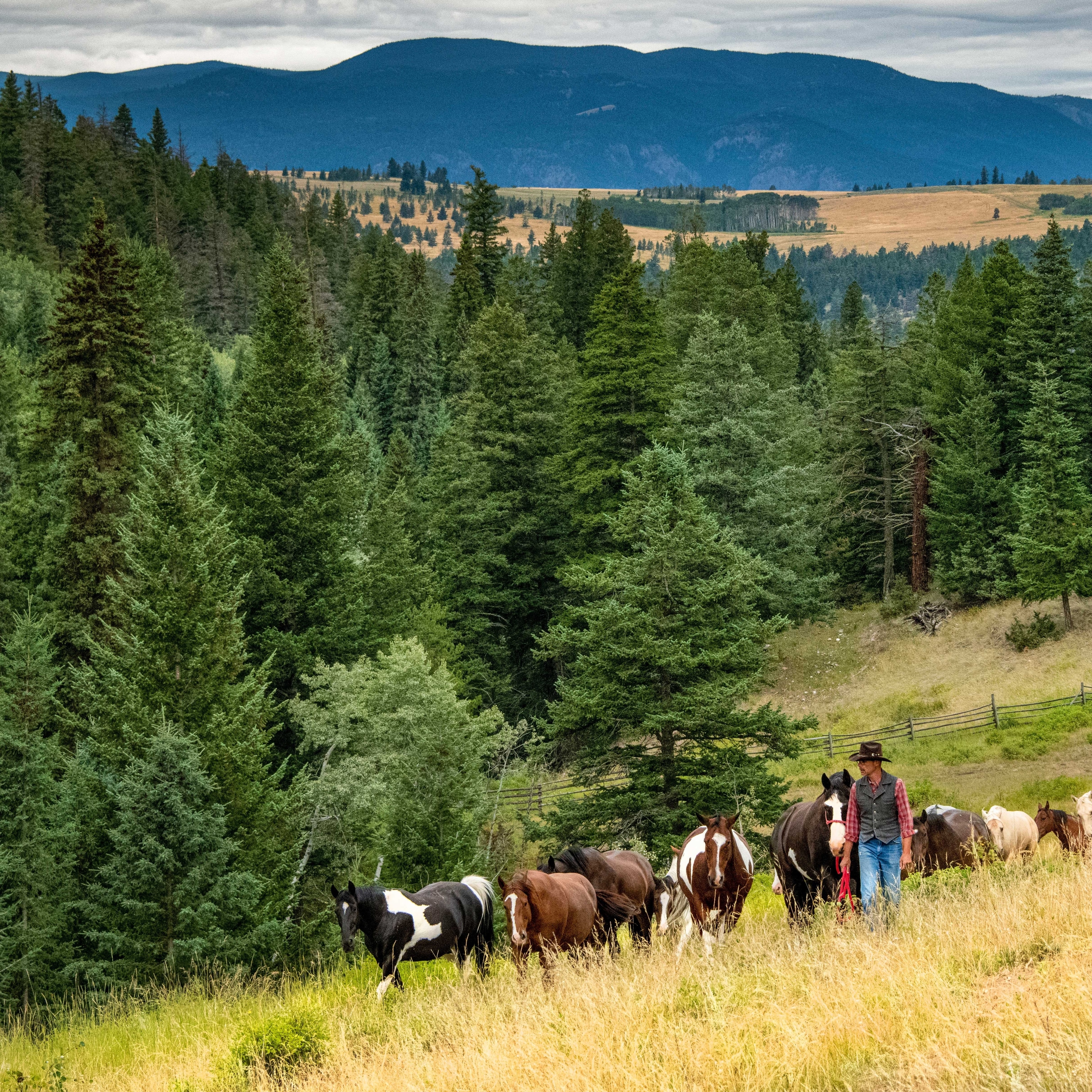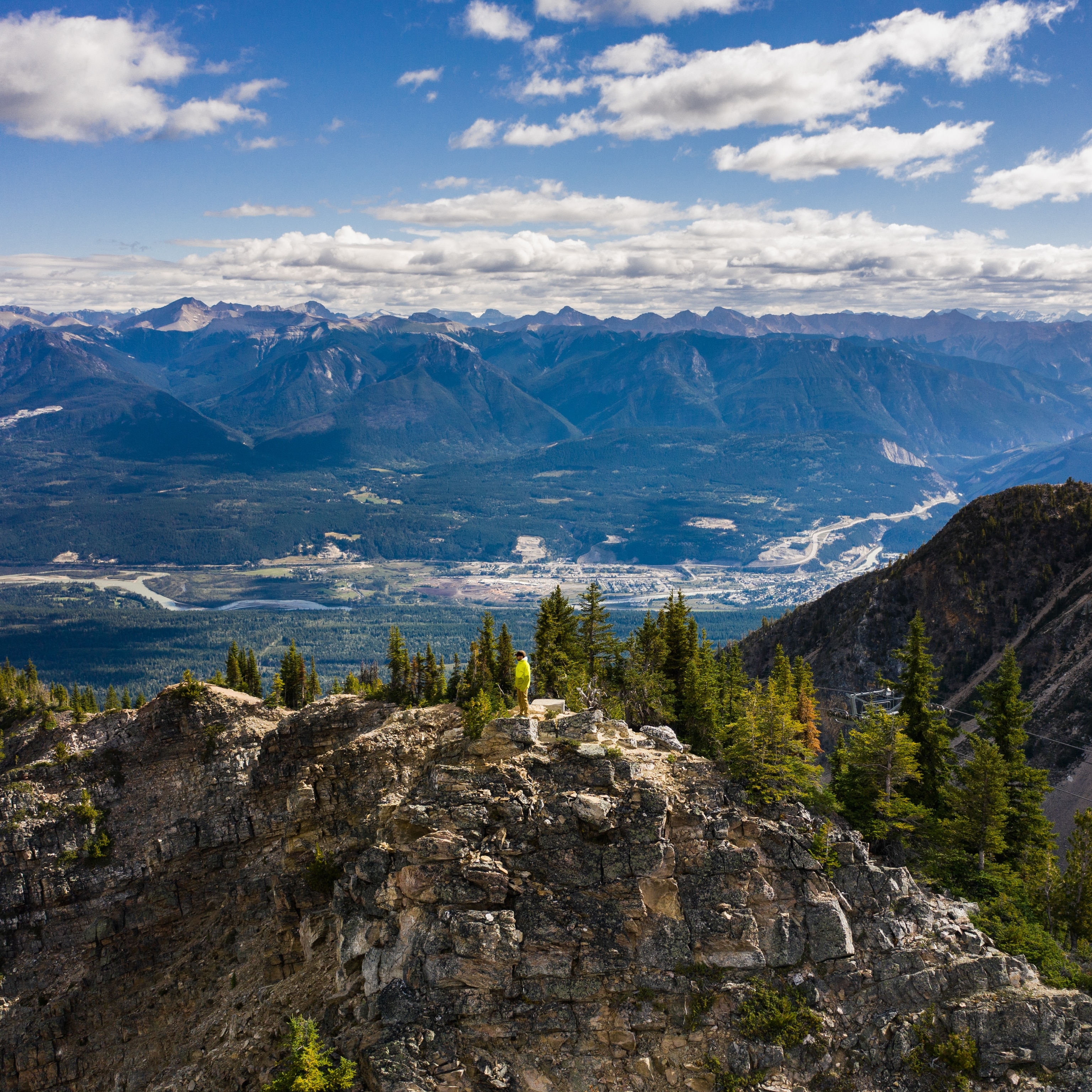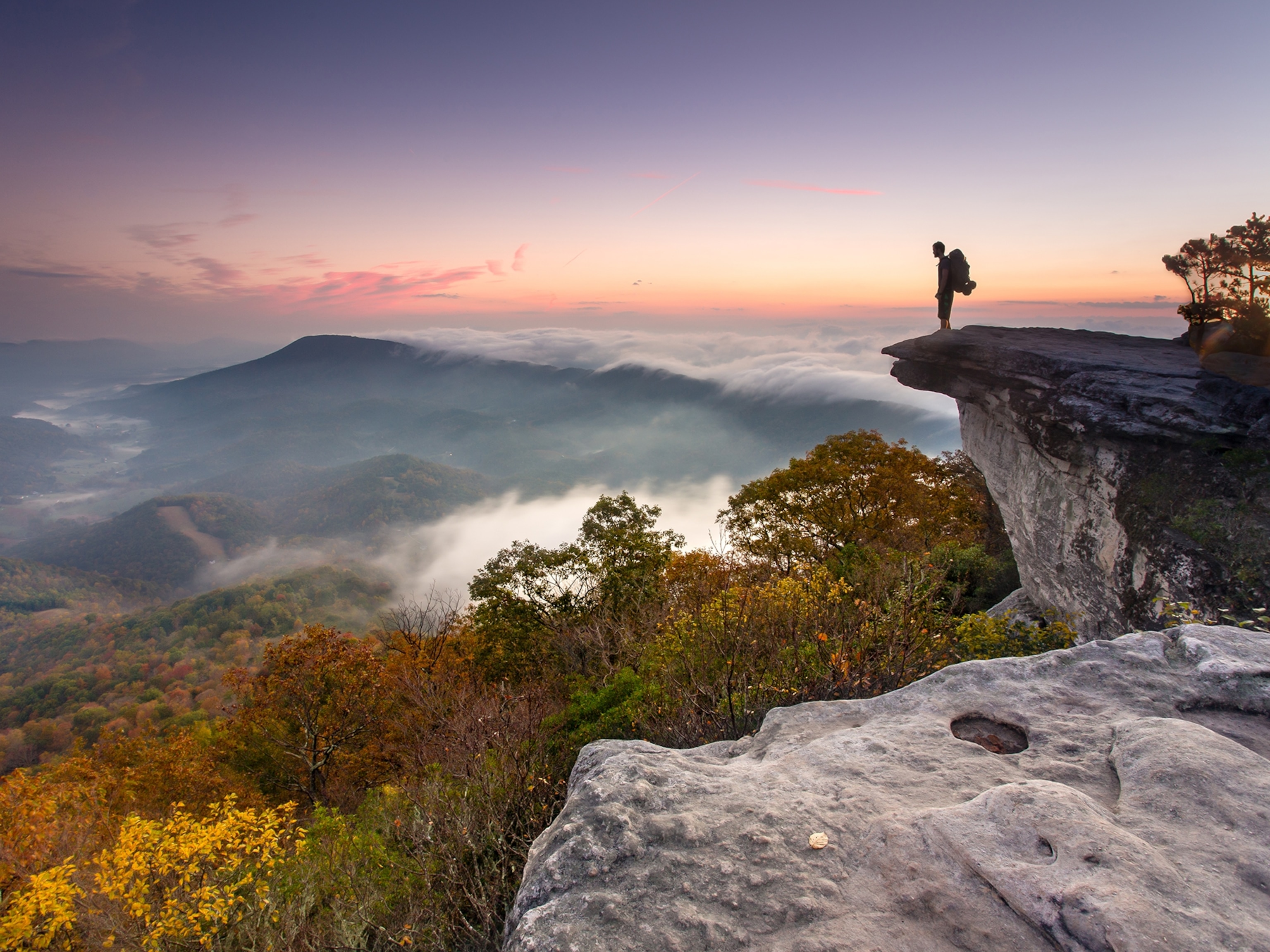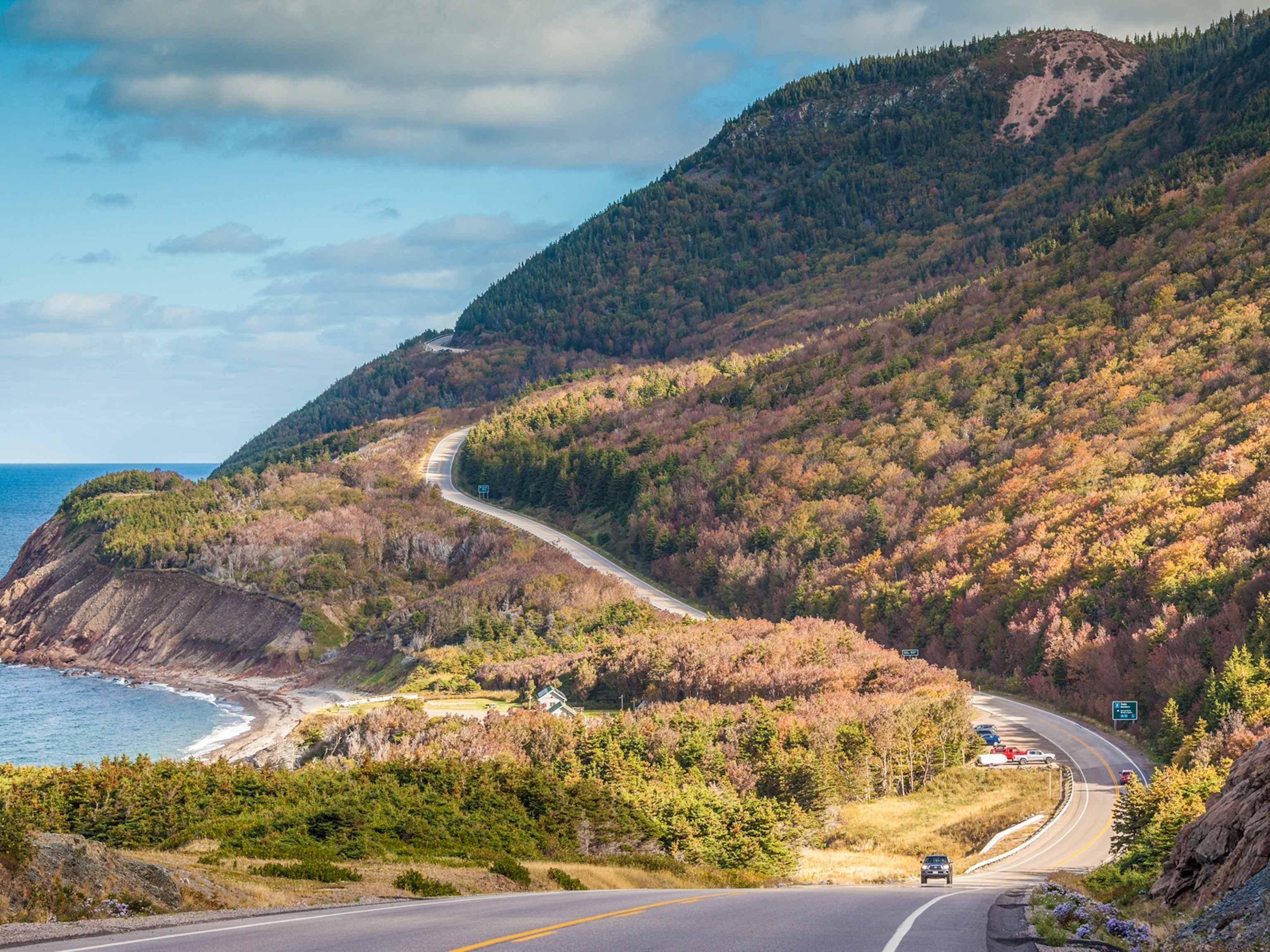British Columbia’s best road trip: Winding through wine country
Savor homegrown flavors, idyllic lakes and vineyards, and alpine vistas on a relaxing getaway in the Thompson Okanagan.
Join British Columbia locals, Nat Geo filmmaker Bryan Smith and his wife Lise-Anne Beyries, on a seven-day tasting tour around their home province’s premier grape-growing region: the sun-splashed Okanagan Valley. Discover dozens of wineries in the Okanagan and venture north to the Thompson Valley. If time allows, add a day to see more of the Thompson Okanagan on a heli-hiking tour of the Canadian Rockies’ highest peak.
TOP FIVE REASONS TO GO
- Taste a range of varietals at boutique and world-class wineries.
- Explore shimmering lakes and Canada’s only desert.
- Visit Indigenous-owned wineries and discover Indigenous culture.
- Hike to waterfalls and go paddleboarding and mountain biking.
- Soar above the majestic peaks, cascades, and cliffs of 12,972-foot Mount Robson.
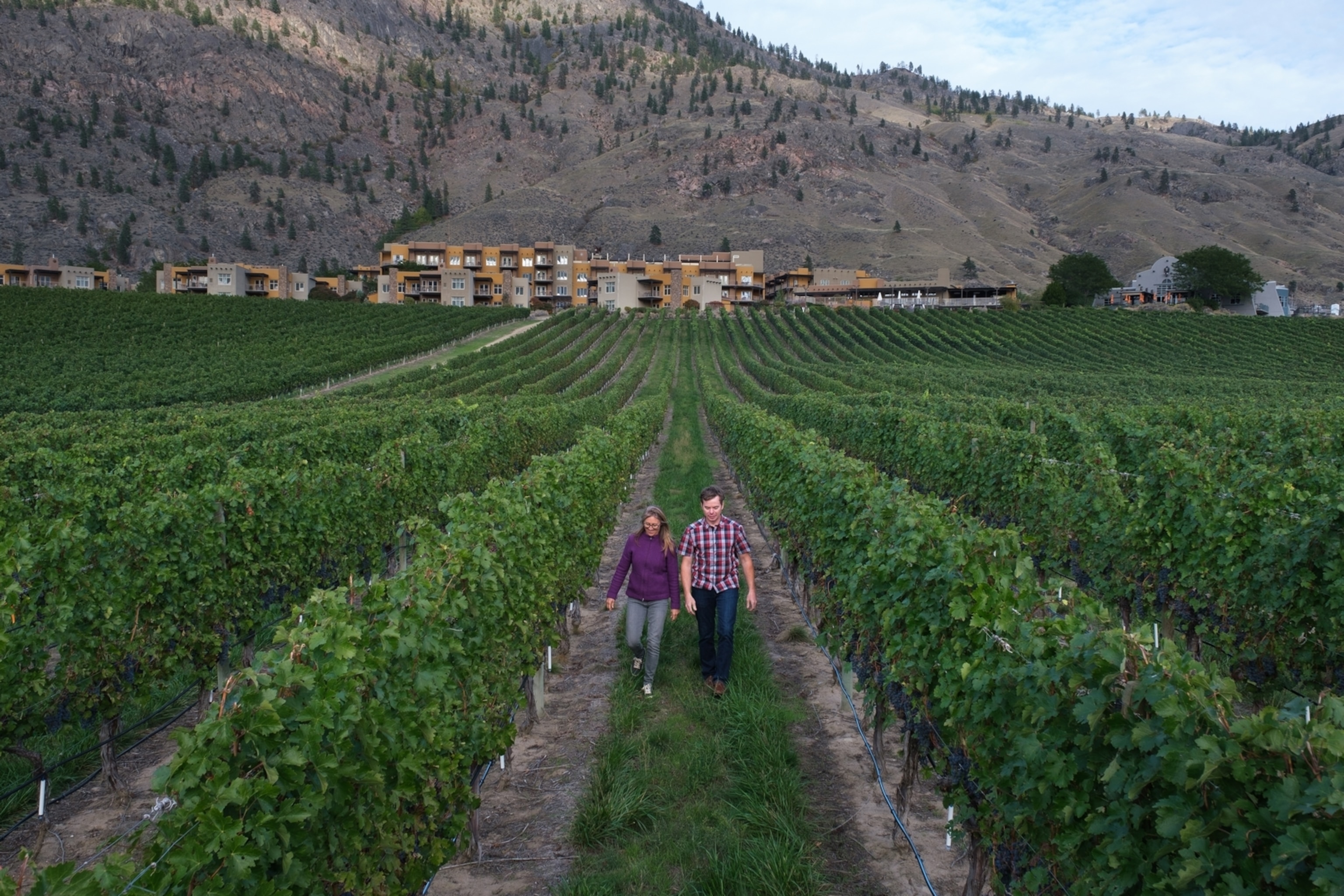
DAY ONE: VANCOUVER TO OSOYOOS
Osoyoos, your first stop in the Okanagan Valley, is about four hours east of Vancouver. Embrace the leisurely pace of the Okanagan before you even arrive by meandering from Vancouver to Osoyoos on Highway 3. Known as the Crowsnest Highway, the drive is one of the most scenic in British Columbia. You’ll travel through the Cascade Mountains and E.C. Manning Provincial Park, perfect for a lakeside picnic or a hike through a canyon or to see stunning alpine vistas.
Celebrate Indigenous culture
Osoyoos is surrounded by the Okanagan desert, a unique antelope-brush ecosystem and the only desert in Canada. Learn about the land and the legends of the Syilx/Okanagan people at the Nk’Mip Desert Cultural Centre. Afterward, check into Spirit Ridge, The Unbound Collection by Hyatt, a luxury, adobe-style resort located on Indigenous Okanagan Indian Band land. The resort is also home to Nk’Mip Cellars, North America’s first Indigenous-owned winery.
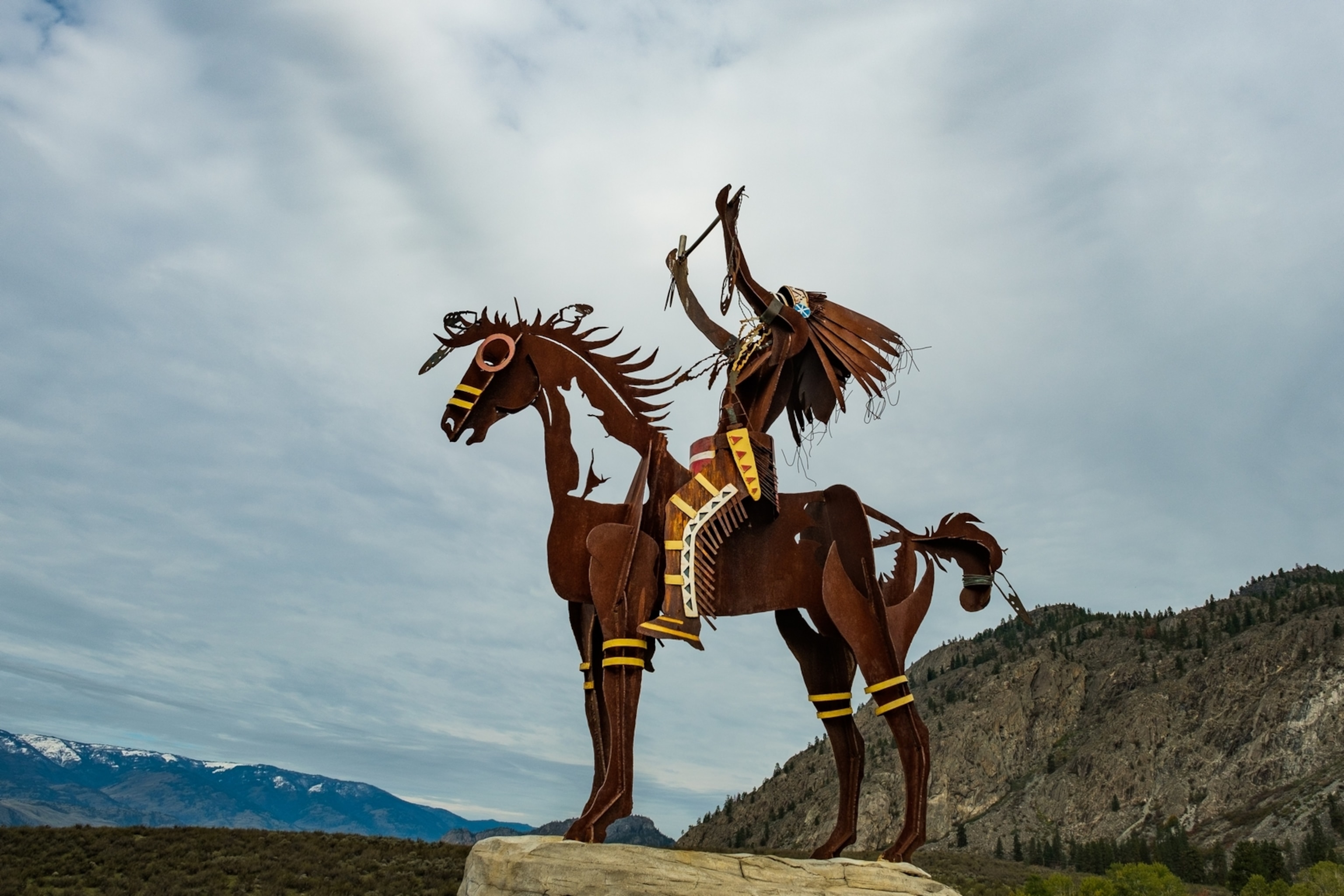

Feast on local flavors
Taste the bounty of the Okanagan by reserving a Chef’s Table private dining experience at Backyard Farm. Chef Chris Van Hooydonk can host up to 20 guests for a five-course, wine-paired culinary demonstration. The menu features produce grown at Backyard Farm, as well as other locally sourced and seasonally fresh ingredients. From the table, you can interact with the chef, see each dish being prepared, and look out into the surrounding orchard.
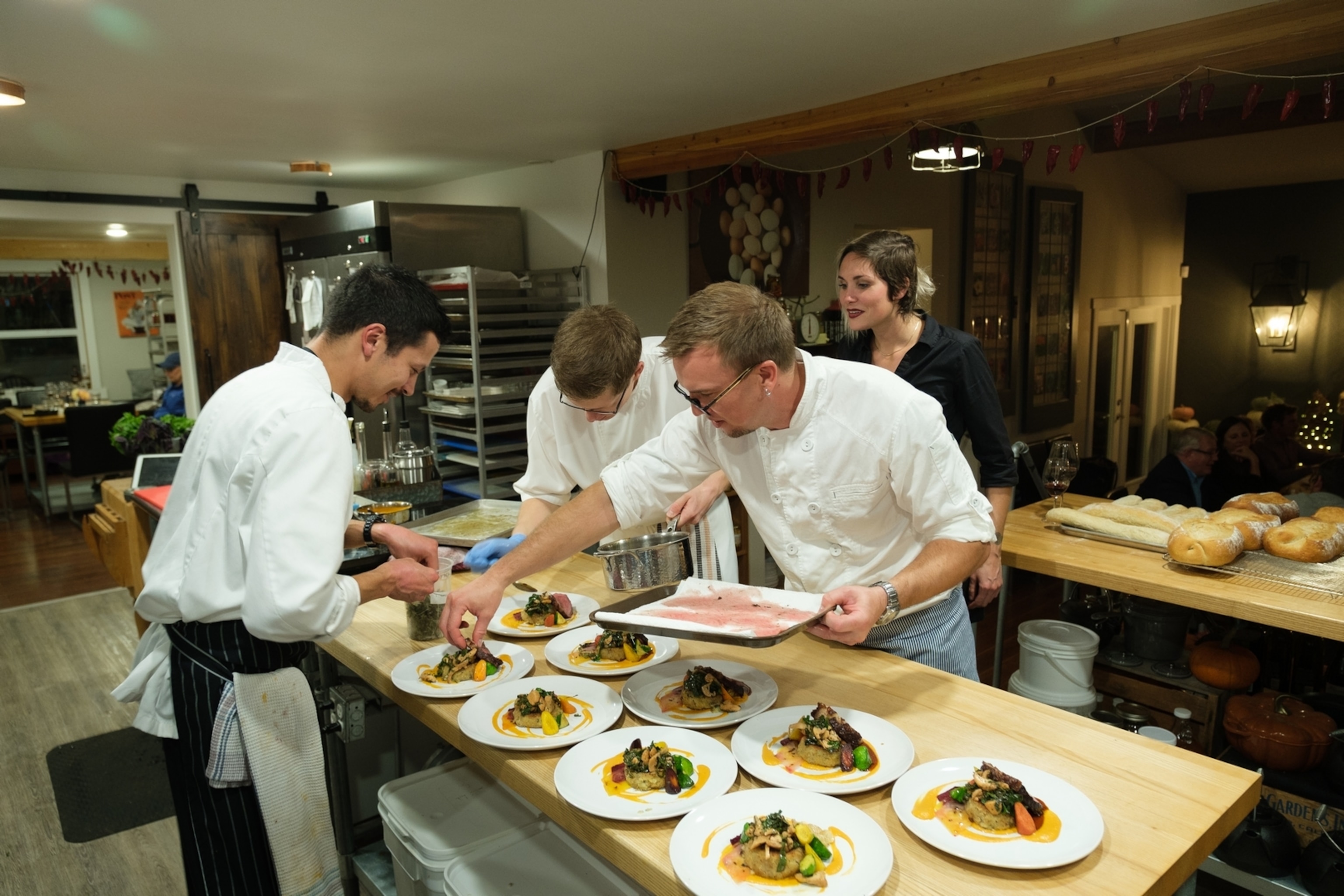
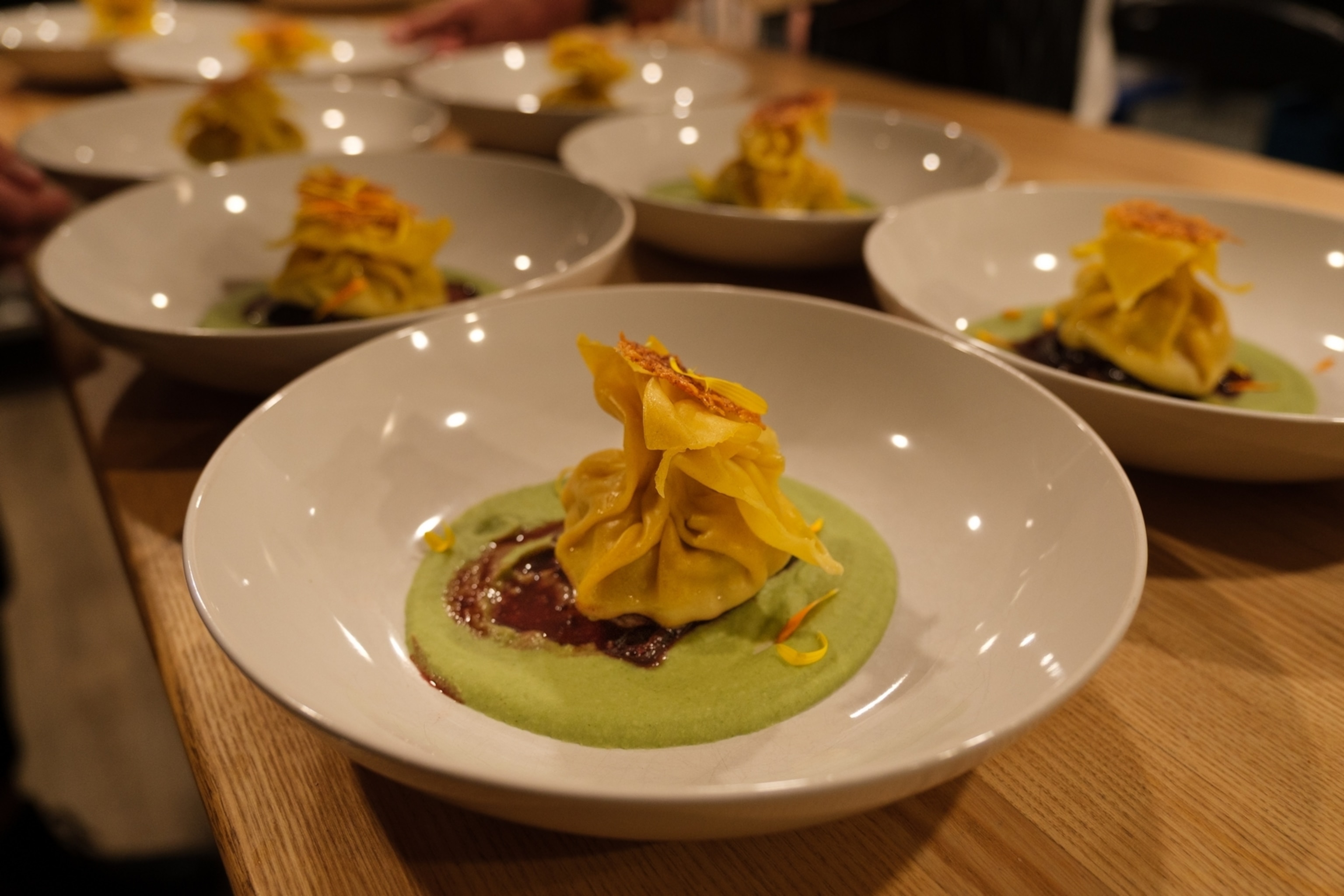
INSIDE TIP: Ask Chef Van Hooydonk about special events or tastings taking place in the Okanagan during your visit.
DAY TWO: OLIVER AND SKAHA
Hike and bike in Skaha Bluffs Provincial Park
Drive north to soak up the morning light and scenery at Skaha Bluffs Provincial Park, home to bighorn sheep and impressive granite, west-facing bluffs. Go hiking or mountain biking on designated trails to see the vibrant fall foliage. If you’re an experienced rock climber, bring your gear. Spend time hanging out on Skaha Beach, named one of the ‘20 Absolute Best Beaches In Canada’ by Chatelaine in 2018.
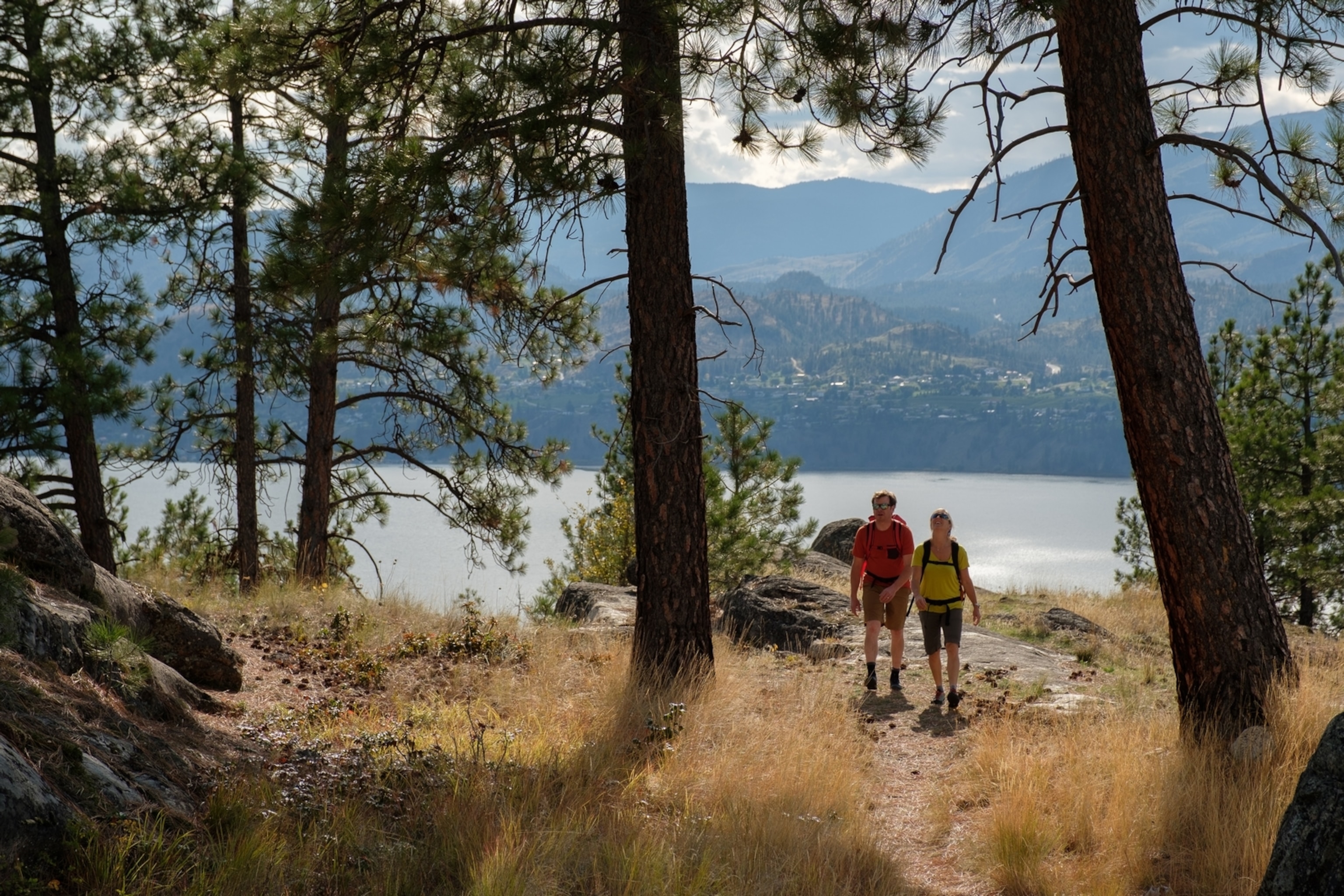
Sip around the South Okanagan
About 60 grape varieties are cultivated in the South Okanagan, boasting some of the valley’s best-known wineries, such as Mission Hill Family Estate Winery and Tinhorn Creek, as well as boutique vineyards. For a well-structured, bold red, visit Fairview Cellars, where veteran Okanagan vintner Bill Eggert crafts exceptional blends like Bucket O’Blood. Named for the moniker miners bestowed upon a local saloon during the area's 19th-century gold-mining days, the Syrah-Cabernet Franc blend is a big, tannic, dark wine with splendid berry and smoky notes. Book a Winemaker’s Vineyard Walking Tour at Maverick Estate Winery to discover the art and craft of making wine by hand.
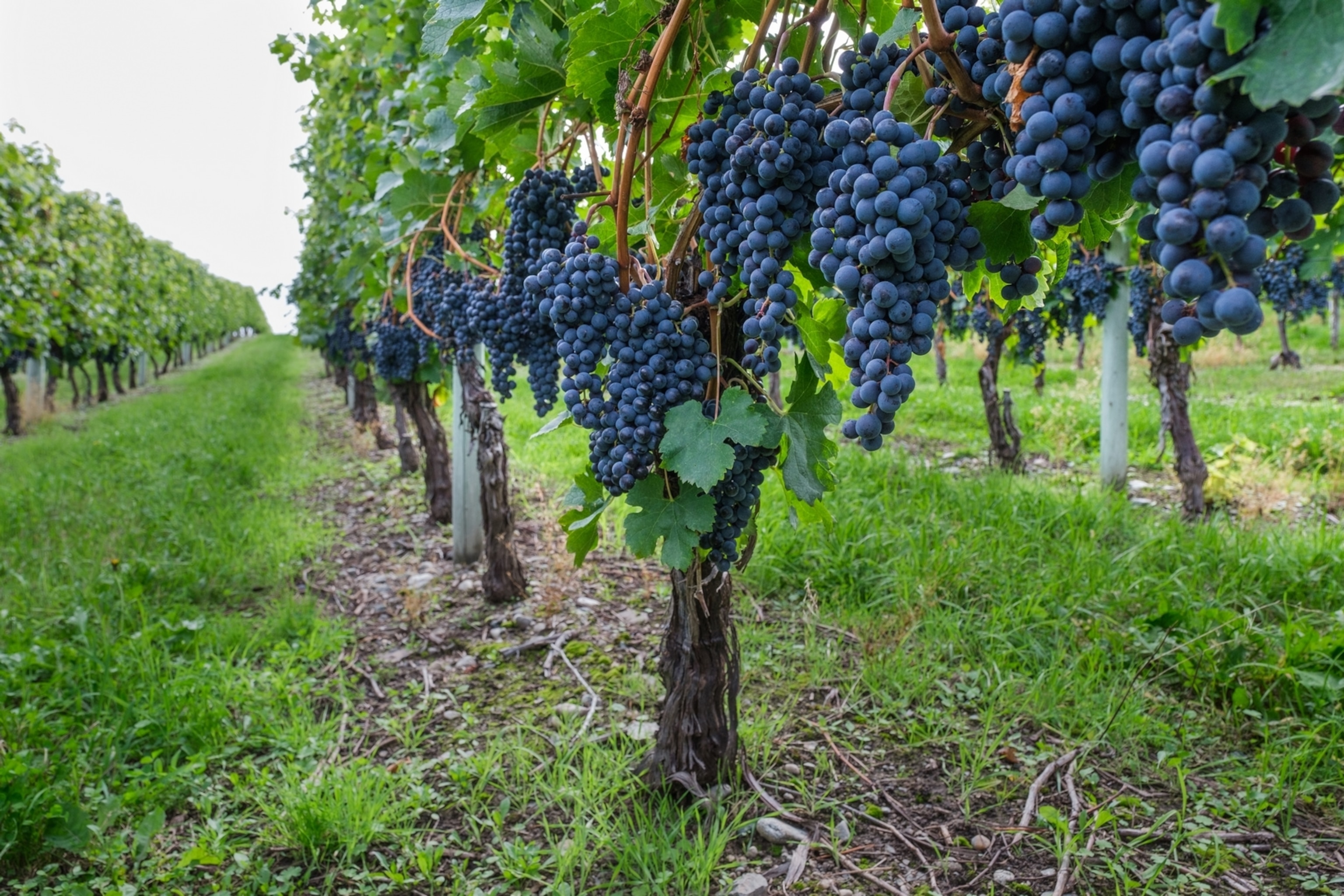
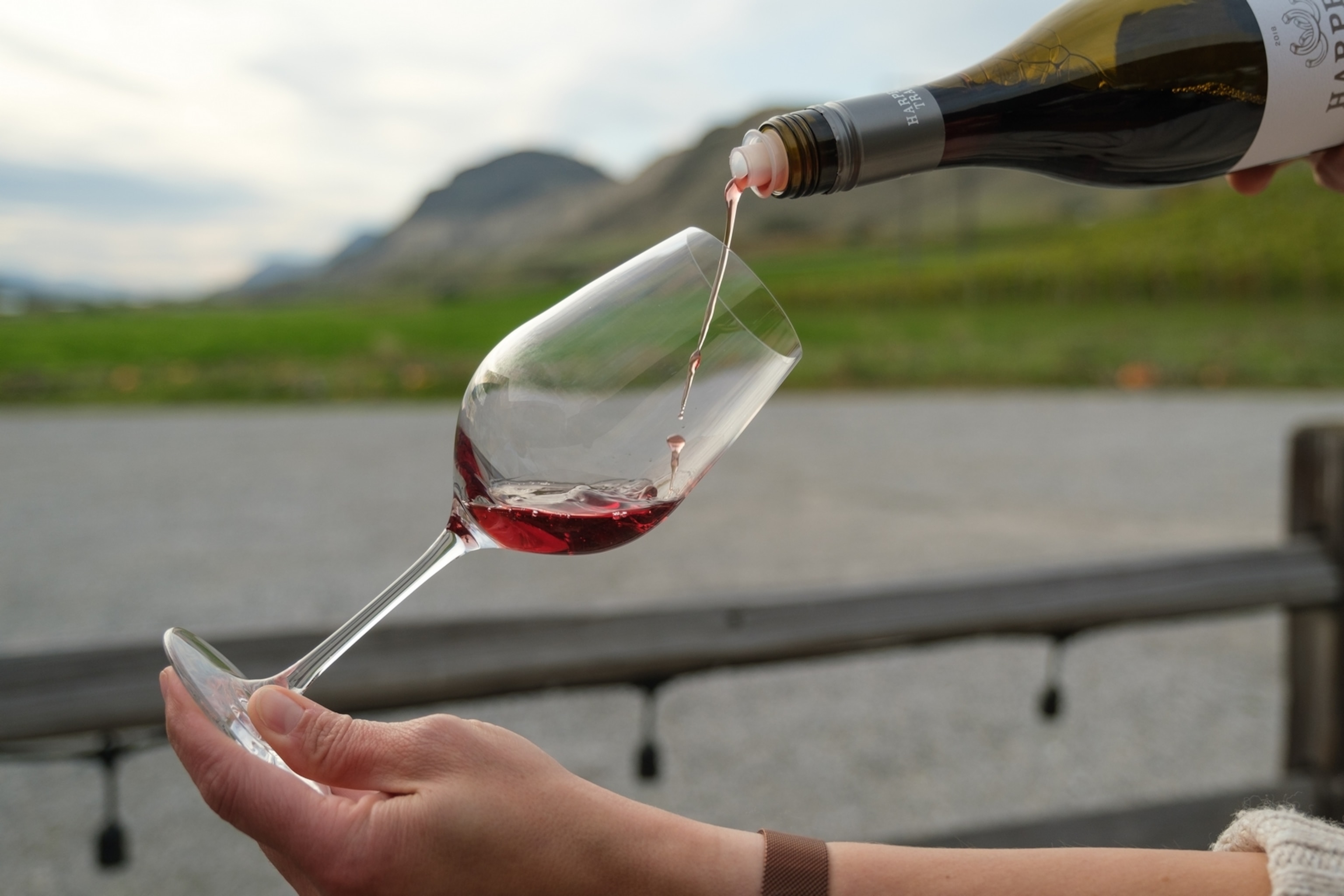
INSIDE TIP: Arrive at Painted Rock Estate Winery, named Winery of the Year by the 2018/2019 InterVin International Wine Awards, in time to watch the sunset over Skaha Lake.
DAYS THREE AND FOUR: NARAMATA BENCH
Take a Bench tasting tour
Continue north to the Naramata Bench, a sub-appellation wine region located along a plateau overlooking Okanagan Lake. Nearly 40 wineries sit on the “bench,” which has sweeping sand cliffs below and vineyards growing up to the mountains behind. Spend the first of two leisurely days here, tasting the bounty of the Bench at local wineries, such as Bench 1775, MOCOJO, Moraine, and Poplar Grove.
Tackle scenic bike trails
On day four, explore the hillsides above the Bench on two wheels via a mountain biking trail network called Three Blind Mice. Dozens of trails, from novice to expert, climb along the Bench and downhill towards the lake. Rent a mountain bike at Freedom Bike Shop, which also can help arrange shuttles to trailheads.
INSIDE TIP: Either day, take a late afternoon tour of Poplar Grove winery to watch the sunset while dining or sipping wine on the outdoor patio.
DAY FIVE: KELOWNA
Follow the Kelowna Wine Trails
Drive north along the eastern shore of Okanagan Lake—largest in the Okanagan and lifeblood of the valley—to laid-back Kelowna, the biggest city on the lake. Kelowna and surrounds offer the perfect mix of activities for a leisurely day of touring and tastings. Buy fresh fruit at orchard stands, participate in water sports, and explore meandering biking and hiking trails. Use the Kelowna Wine Trails Guide to choose wineries to visit based on your personal tastes.
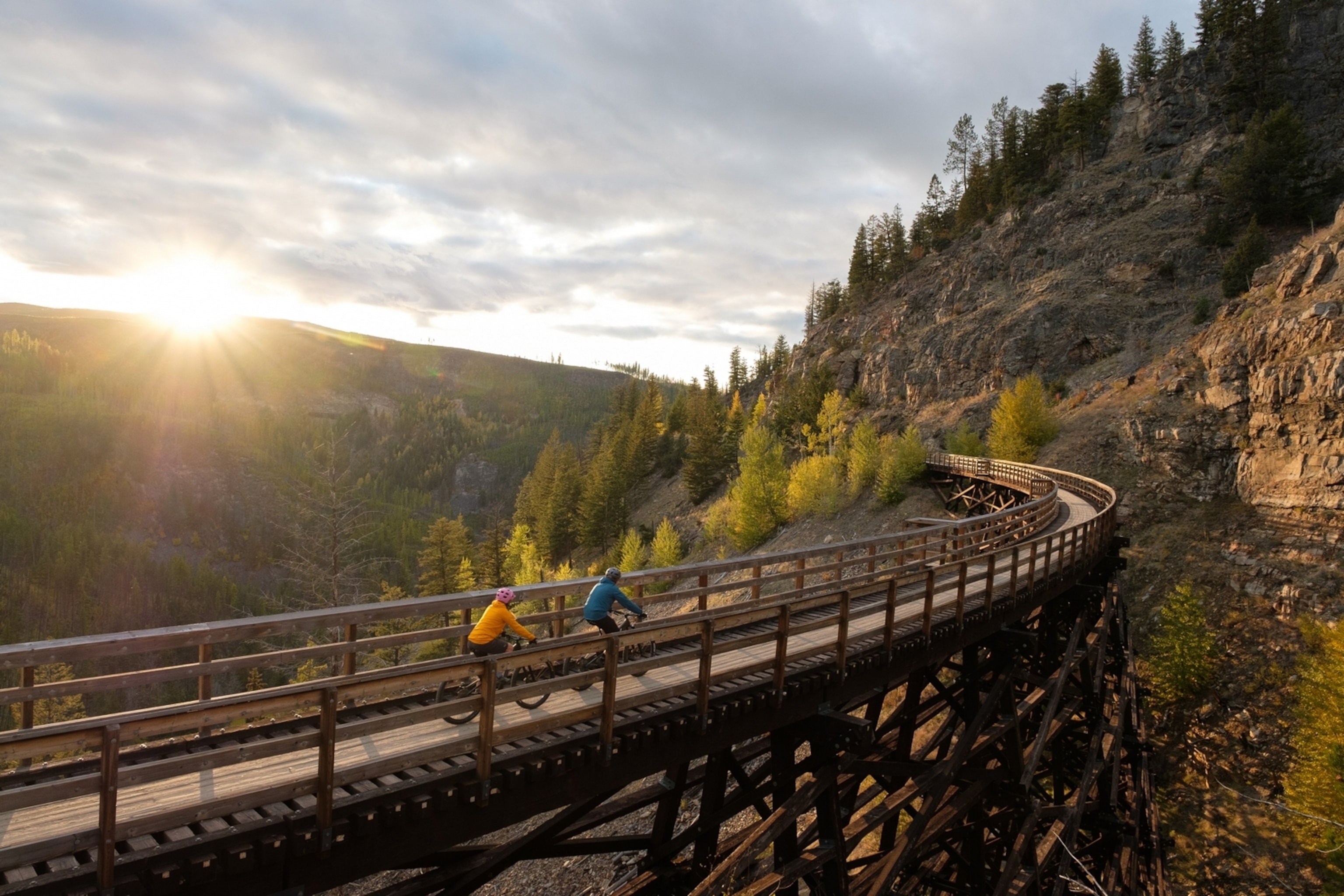
Explore the great outdoors
For a stunning hike or bike ride, take a scenic, 15-mile drive from downtown Kelowna to Myra Canyon. The historic Kettle Valley Rail Trail runs through the canyon, offering a rare opportunity to pedal or walk through old railroad tunnels and across trestles. Rent bikes at the trailhead. For a more lake-focused stay, check into the Hotel Eldorado, where you can try watersports like paddleboarding and join a whisky tasting.
INSIDE TIP: Sunset is the best time for photos at Myra Canyon. Stay as late as you can to capture the iconic images of golden light hitting the trestles.

DAY SIX: KAMLOOPS
Go apple picking
Continue northwest about two hours to the Thompson Valley and Kamloops, home to four wineries: Harper’s Trail, Privato, Monte Creek Ranch, and Sagewood. If making the trip during harvest season, stop at one of the u-pick orchards or farms in the Vernon area (31 miles north of Kelowna) to pick your own apples.

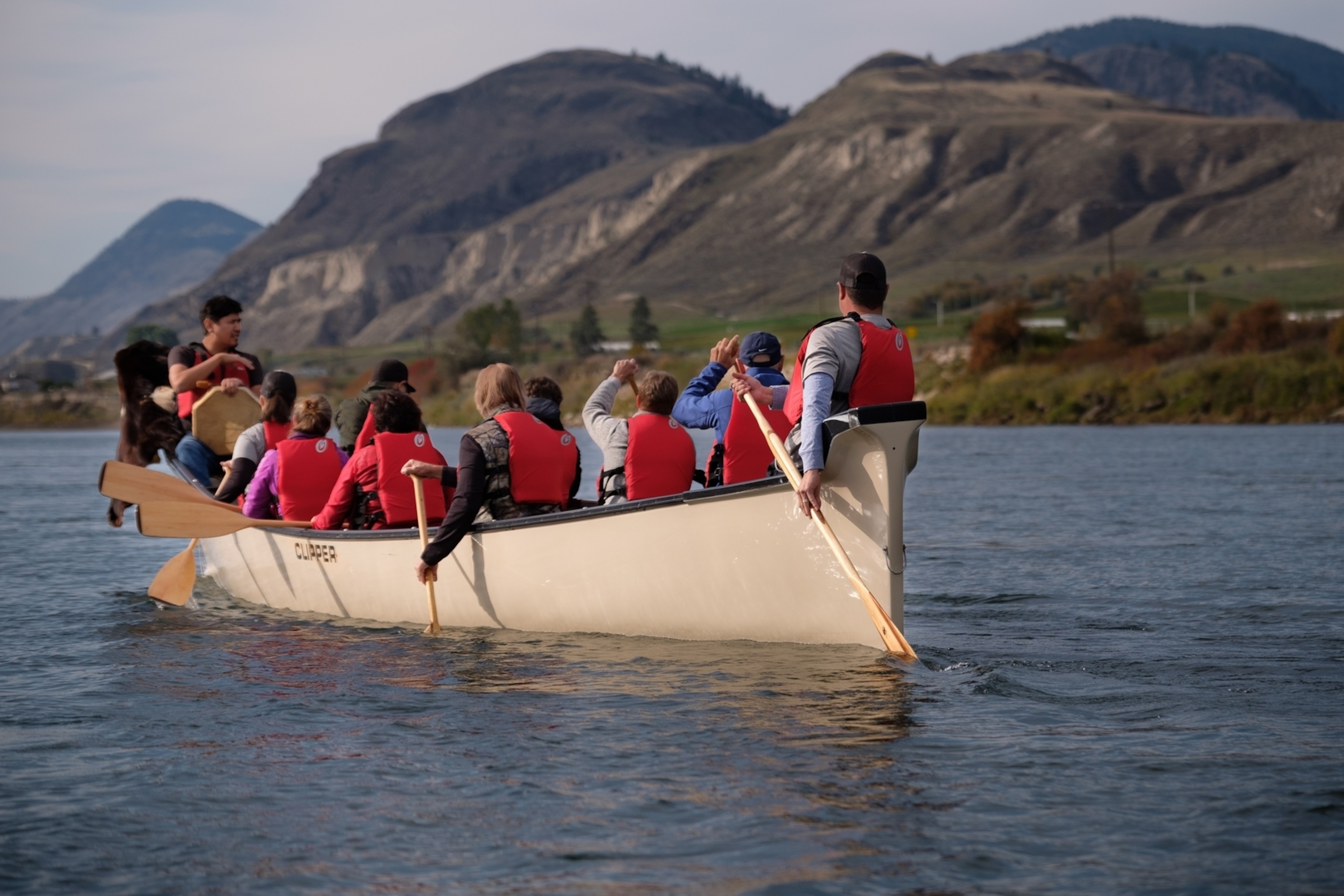
Take an Indigenous paddling tour
In Kamloops, join Moccasin Trails on a traditional longboat Canoe Journey down the South Thompson River led by a Shuswap Indigenous guide. Watch for bald eagles and black bears, listen to native stories and music, and learn how the First Nations heritage of the areas surrounding Kamloops differs from regions farther south. Back on land, visit Harper’s Trail, the first winery established in Kamloops, for a tour and tasting.
INSIDE TIP: In the evening, enjoy a craft beer and shared plate (like crispy pickles or ricotta-stuffed mushroom caps) at The Noble Pig Brewhouse before dining at Forno On 5th.
DAY SEVEN: WELLS GRAY PROVINCIAL PARK
Hike to a waterfall
Get an early start to make the 90-minute drive north to Wells Gray Provincial Park. Plan to spend a full day playing in the wilderness park, best known for its wealth of waterfalls. For a short hike delivering big views, walk to the Shaden Viewing Platform overlooking Spahats Creek Canyon and Spahats Falls. One of the best day hikes in the park is the five-mile, out-and-back Helmcken Falls Rim Trail to thundering, 463-foot Helmcken Falls, one of the highest waterfalls in Canada.
Go riding or rafting
Other seasonal activities in Wells Gray Provincial Park include cycling, guided hikes, canoeing, kayaking, swimming, fishing, and wildlife viewing. Tour companies along Wells Gray Park Road offer guided horseback rides, and adventure outfitters lead whitewater raft trips on the Clearwater River and leisurely float tours on the North Thompson. For free information about activities in and around the park, visit or call the Wells Gray Park Information Centre.
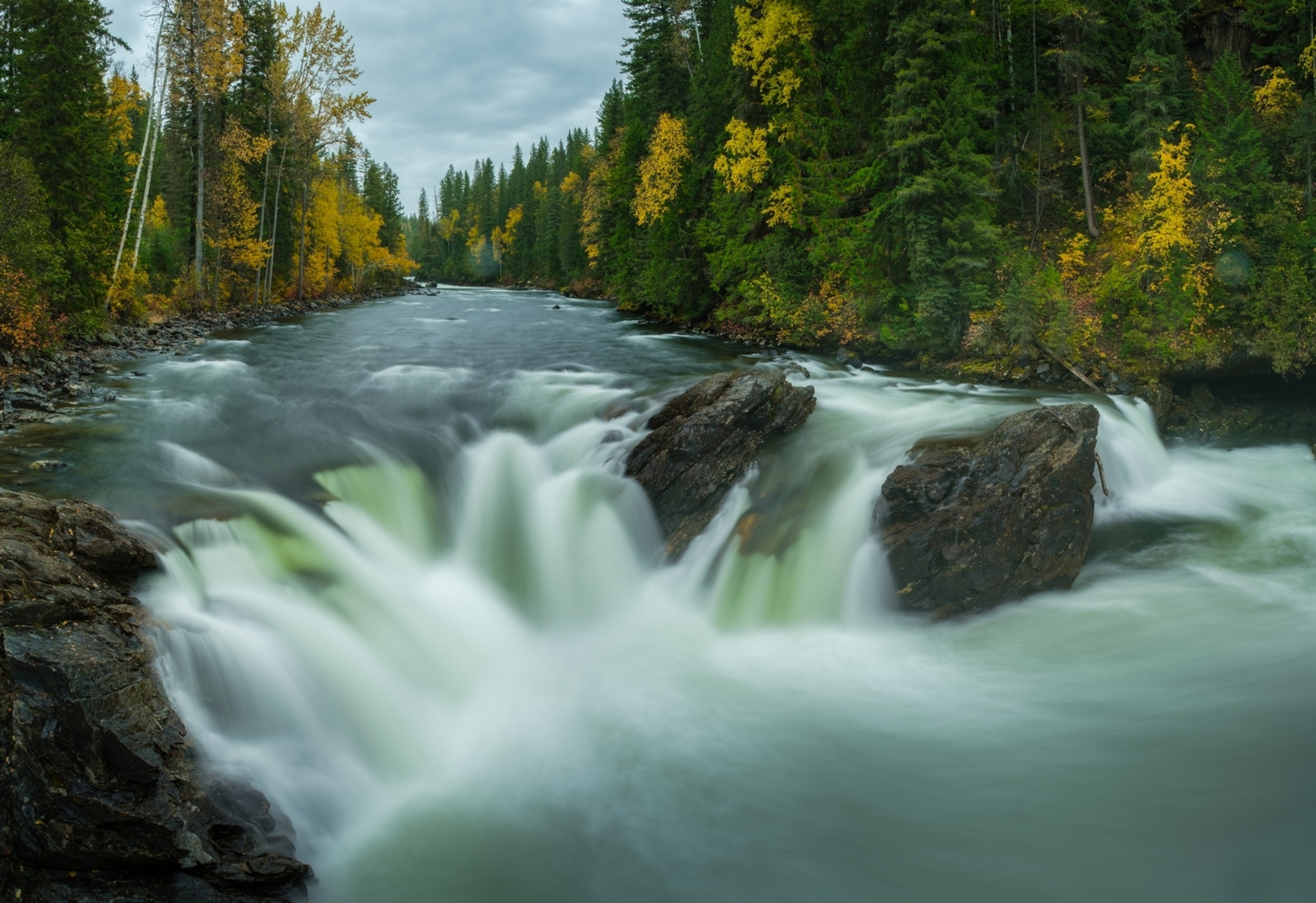
INSIDE TIP: If you’re continuing on to Mount Robson in the morning, drive two hours north to the Robson Valley and spend the night in Valemount.
OPTIONAL DAY EIGHT: MOUNT ROBSON
See the Rockies’ highest peak by helicopter
Valemount is the gateway to Mount Robson Provincial Park, a part of the larger Canadian Rocky Mountain Parks UNESCO World Heritage site. Towering 12,972 feet above sea level, the park’s namesake peak is the highest in the Canadian Rockies. Soar above the massive granite mountain’s waterfalls, glacial lakes, and jagged cliffs and peaks on a heli-tour with Robson HeliMagic.
Climb higher by heli-hiking
To dial up the adventure level, go heli-hiking on Mount Robson. Robson HeliMagic can fly hikers across the valley and up the mountain to a safe landing spot at Berg Lake. From here, set out for a jaw-droppingly gorgeous hike along a flat trail to the turquoise, glacier-fed lake. At day’s end, the helicopter will retrieve you.
INSIDE TIP: For a challenging heli-hiking expedition, follow the 11.5-mile Berg Lake Trail from the lake back down the mountain to the Mount Robson Visitor Centre. Check trail conditions, wear weather-appropriate footwear and clothing, and pack necessary supplies (such as food, water, and bear spray) before attempting the hike.

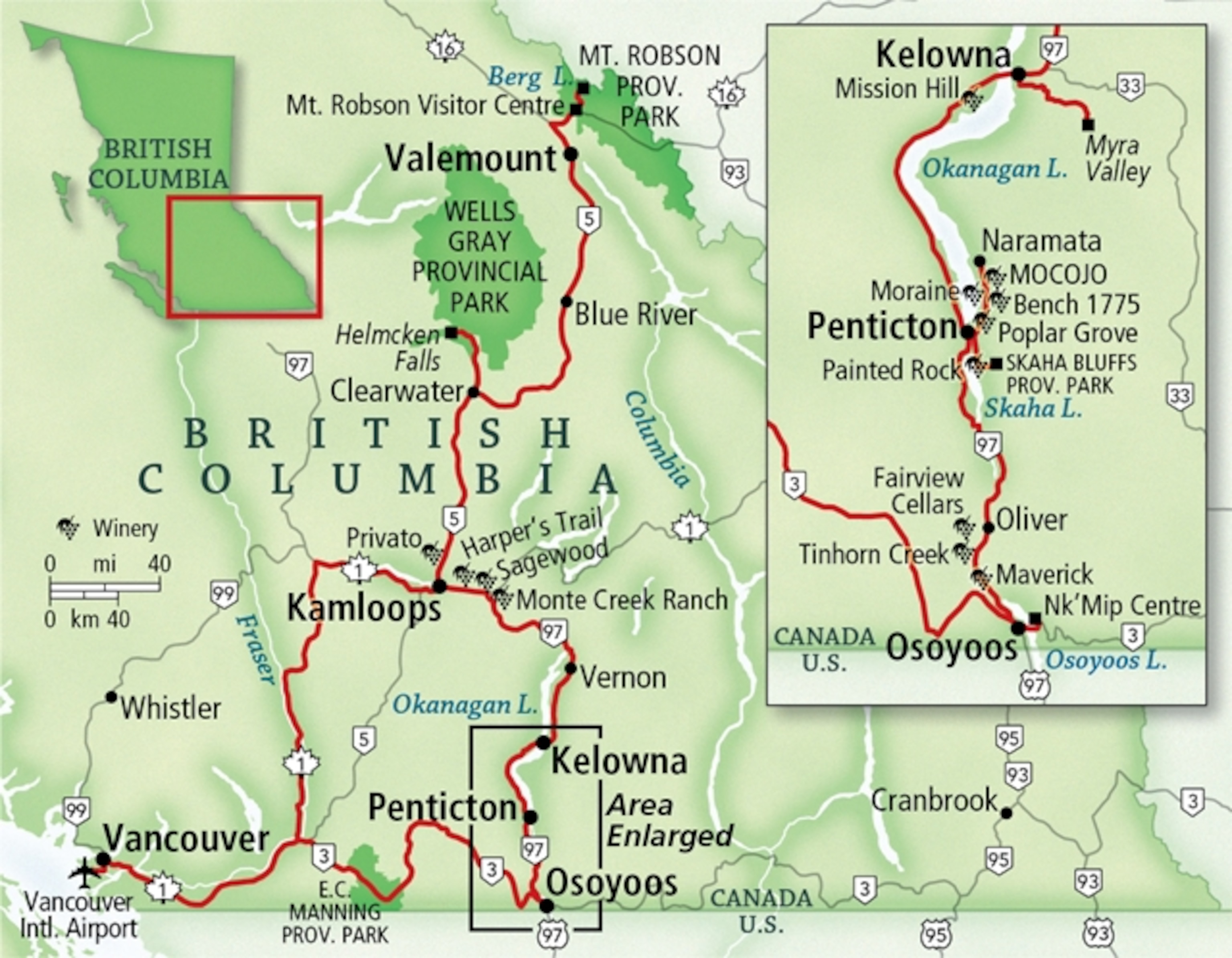
HOW TO TAKE THIS TRIP
The drive begins and ends in Vancouver. From here, take Trans-Canada Highway 1 and Highway 3 east about four hours to Osoyoos. On the way back, savor more incredibly scenic British Columbia views by following the winding Highway 1 from Kamloops through the Fraser Canyon and back to Vancouver.
WHERE TO STAY
Spend the first two nights in Osoyoos at Spirit Ridge, The Unbound Collection by Hyatt resort. For nights three and four, choose a Naramata Bench bed and breakfast or stay at a motel or resort in Penticton. In Kelowna, stay next to Okanagan Lake at Hotel Eldorado. Spend the next night in Kamloops at The Plaza Hotel or get a head start on the following day’s drive by staying farther north at Sun Peaks Grand Hotel and Conference Centre near Kamloops. After visiting Wells Gray Provincial Park, overnight nearby at Clearwater Lodge or back at Sun Peaks Grand Hotel in Kamloops. If continuing to Mount Robson for day eight, continue north to spend the night in Valemount.
TRAVEL TIP: Make the trip in fall to celebrate the fruits and activities of harvest season at wineries, restaurants, and resorts in the Thompson Okanagan.



